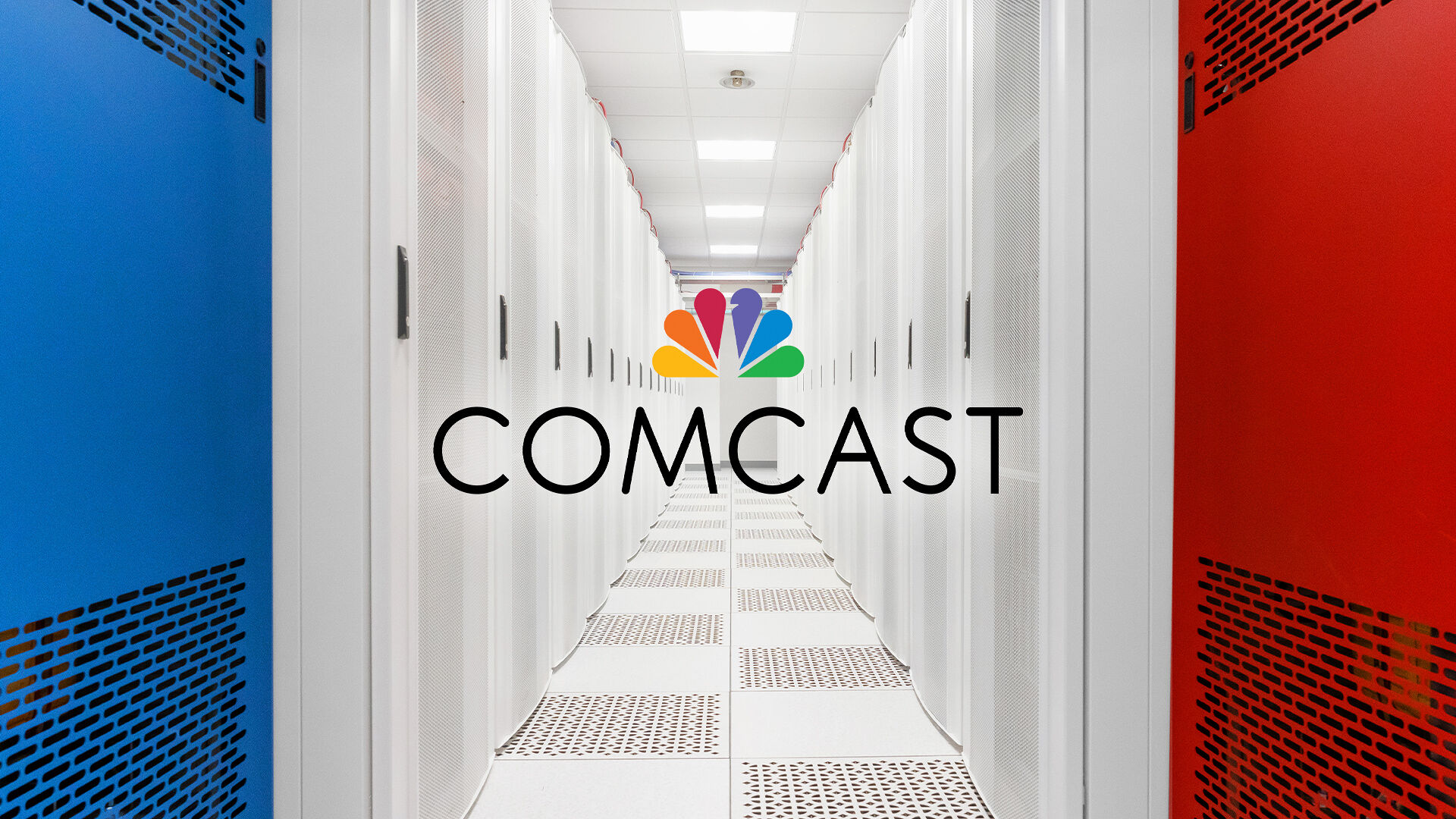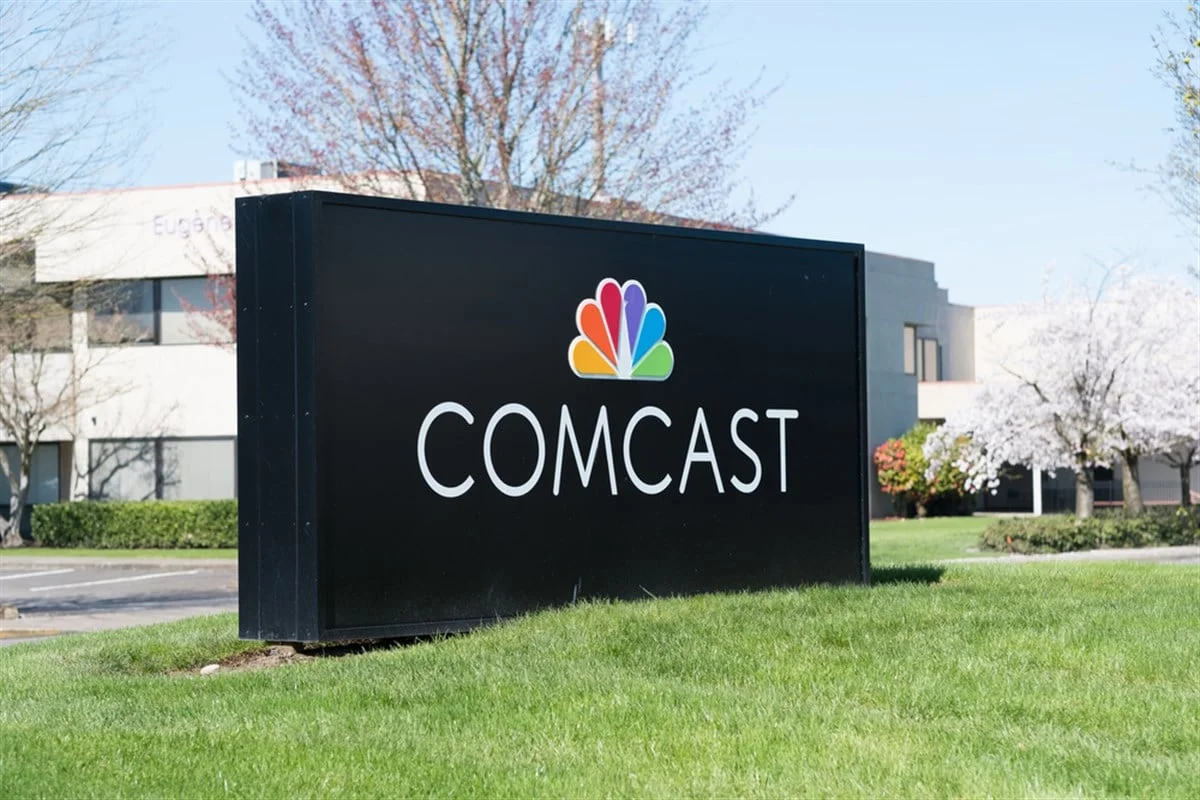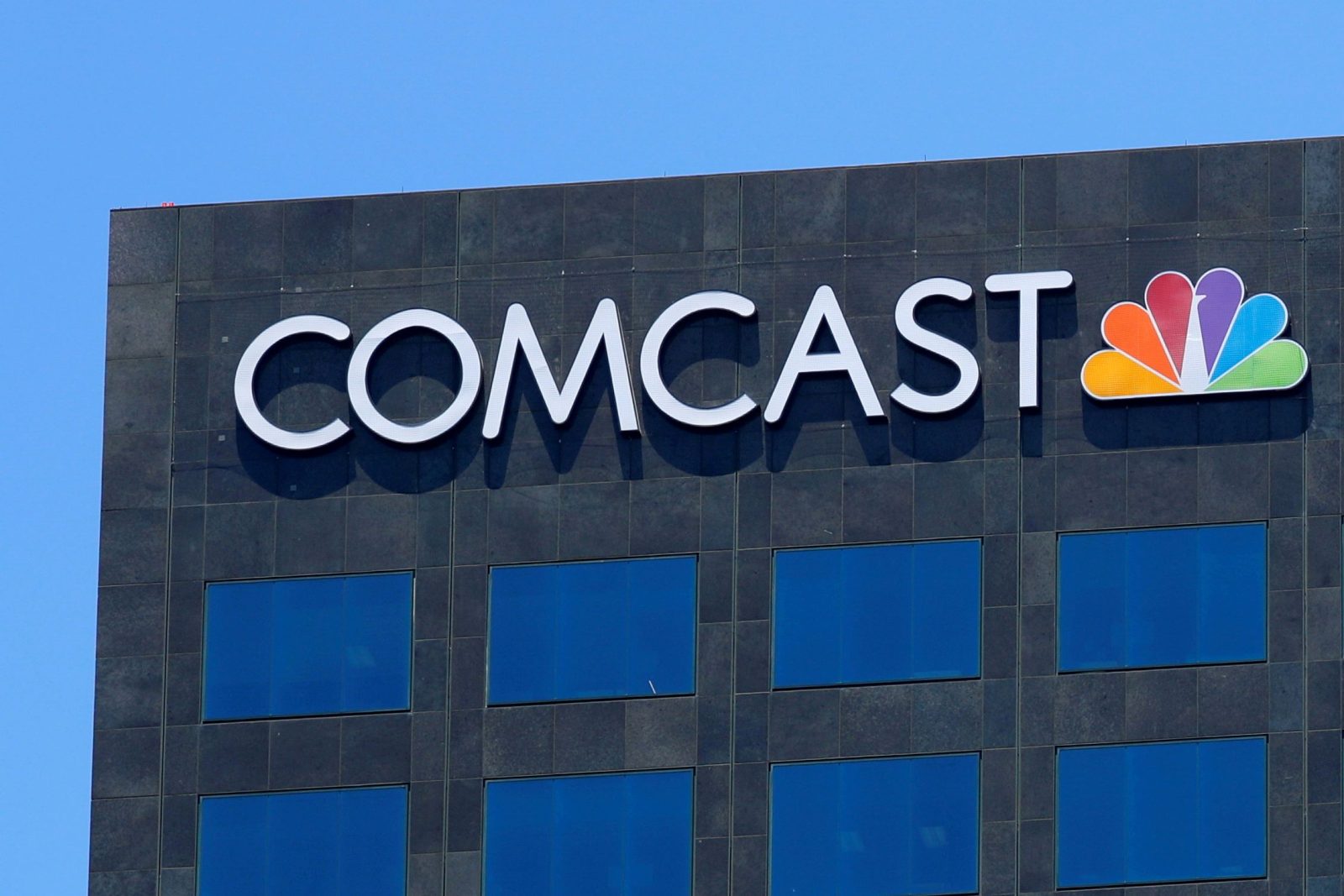Comcast exceeded first-quarter earnings expectations on Thursday, primarily driven by revenue growth in broadband services, despite a slowdown in customer growth.
In comparison to analysts’ estimates from LSEG, Comcast’s performance stood as follows:
– Adjusted earnings per share: $1.04, surpassing the expected 99 cents
– Revenue: $30.06 billion, slightly higher than the anticipated $29.81 billion
For the quarter ending March 31, net income saw a modest increase of 0.6% to $3.86 billion, or 97 cents per share, compared to $3.83 billion, or 91 cents per share, a year ago. Adjusted earnings before interest, taxes, depreciation, and amortization (EBITDA) decreased slightly by 0.6% to approximately $9.4 billion.

Comcast’s revenue grew by 1.2% to $30.06 billion compared to the same period last year, driven by revenue from domestic broadband customers, despite a loss of 65,000 customers during the quarter.
However, Comcast’s stock experienced a 6% decline on Thursday.
The slowdown in customer additions for cable broadband companies, including Comcast, has impacted stock prices recently due to decreased new home internet connections caused by high interest rates and heightened competition from wireless companies like T-Mobile and Verizon.
Mike Cavanagh, president of Comcast, noted the extremely competitive market for cost-conscious customers during the earnings call on Thursday.
To address this, Comcast announced the launch of NOW, a low-cost internet and phone plan program, supplementing its existing low-income option, Internet Essentials.
Comcast executives foresee challenges ahead, particularly with the anticipated end of the federal government’s Affordable Connectivity Program (ACP) in April, which offers a $30 discount on broadband services to qualifying low-income households.
The company’s wireless business witnessed a 21% increase in customers during the quarter, while it lost 487,000 cable TV customers as consumers continued to transition to streaming services.
Comcast’s theme parks experienced a 3.9% decrease in adjusted EBITDA to $632 million due to higher operating expenses and increased competition, particularly from cruises.

Similarly, earnings from its media business, including NBCUniversal and studios, declined, but the company remains optimistic about future opportunities, especially with the success of Universal Pictures’ film slate and the growth of Peacock.
Peacock, Comcast’s streaming service, gained three million paid subscribers during the quarter, reaching a total of 34 million customers. Exclusive content like “Oppenheimer” and the NFL Wild Card game contributed to its success.
Despite losses from Peacock, Comcast expects profitability to improve, particularly with the upcoming Olympics in Paris, which should drive growth for the streaming service.
Comcast remains confident in its long-term strategy, emphasizing the strength of its broadband services and the potential of its streaming platform, Peacock.







Leave a Reply